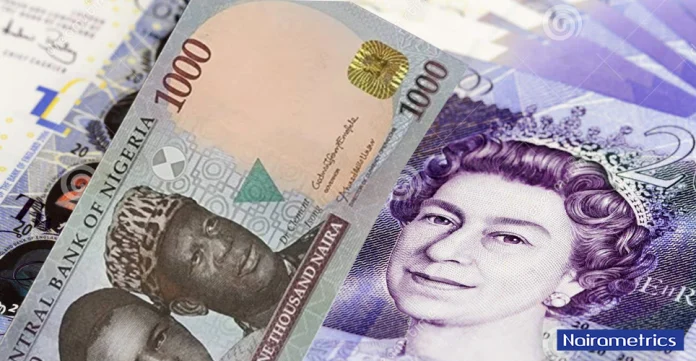By Yahaya Umar
Inability of the Nigerian naira to rebound against the US dollar unsettled the Central Bank of Nigeria ,CBN, and triggered a fresh, untested initiative, which a slew of analysts have applauded to be a right step in the right direction.
The naira ended the week on a negative note, losing about 6% over the week in the forex market as surging demand continues to eclipsed FX balance in the supply side.
Analysts maintained in a series of discussion that US dollar shortage remains the top exchange rate volatility driver across the foreign exchange markets.
Market observers said the FX space was heated up in the just concluded week due to increased demand for foreign currency while supply side remains downbeat without clear cut expectation of CBN intervention.
“The Naira has to be protected; forget about price recovery without significant FX inflows that could reduce the excessive dryness in the currency markets”.
The Naira saw increased volatility at the Nigerian autonomous FX window, depreciating by 5.87% to ₦1,631.21, despite a $53 million intervention by the CBN.
“The Apex Bank FX interventions have not only be limited to have significant influence on exchange rate direction, it has also been intermittent with reduced efficiency for the purpose for which it is expected to be applied”, LSintelligence Associates said.
The Naira has remained on the negative side due to strong demand for foreign currency to meet FX obligations, and payment for imports by the locals.
Even with a surge in external reserves, exchange rates across FX markets reduced how Nigerians feel when trading with the naira who carries the nation’s sovereign symbol of authority.
On the back of a sustained inflows, Nigeria’s FX reserves recorded accretion for the fifth consecutive week, increasing by US$517 million week on week to USD38.58 billion.
In September, total inflows into the Nigerian Autonomous Foreign Exchange Market ,NAFEM, declined by 7.1% to USD2.17 billion from USD2.34 billion in August, according to data from FMDQ platform.
The decline was driven by a broad-based shortfall across local, (which accounts for 84.1% of total transaction value) and foreign (accounts for 15.9% of total transaction value) inflows, Cordros Capital Limited said in a commentary note.
The investment firm said inflows from local sources dipped by 6.0% in September to USD1.83 billion from USD1.94 billion in August. The slowdown was attributed to declines across the individual, non-bank corporate, and exporter segments, despite the more robust inflow from the CBN segment.
FX supply from individuals reduced by 53.1% in September, while contribution from non-bank corporates went down by 27.5%. Exporters’ flows dropped by 4.7% in the month, but there was a surge of 184.2% from the CBN segment.
Similarly, inflows from foreign sources declined by 12.4% to USD345.50 million in Sept. from USD394.50 million in August, partly due to weak investor confidence.
Over the short term, analysts said they expect FX liquidity conditions to remain weak, primarily due to limited intervention by the CBN. Analysts said this is likely to erode market confidence and intensify pressure on the naira.
“Whilst we note the improved liquidity from increased FPI inflows, we think the naira is likely to face continued pressure as FX demand remains elevated”, the firm said. In the forwards market, FX rate for a one month contract dipped by 0.3% to N1, 689.10 while a three-month forward contract fell by 0.7% to N1,770.68.
Currency traders said in a report that a six month forward contract declined by 1.1% to N1,870.30 while a one year contract depreciated by -2.1% to N2,095.43 per US dollar.





